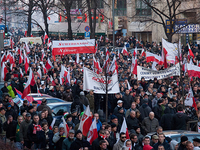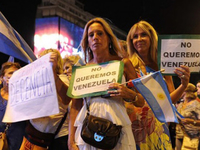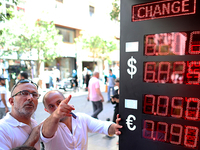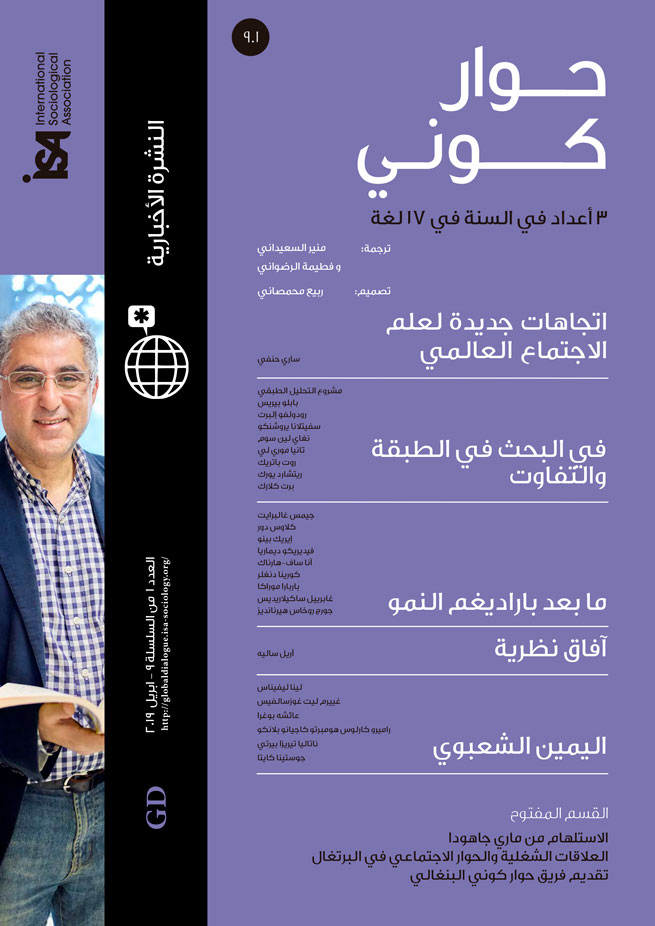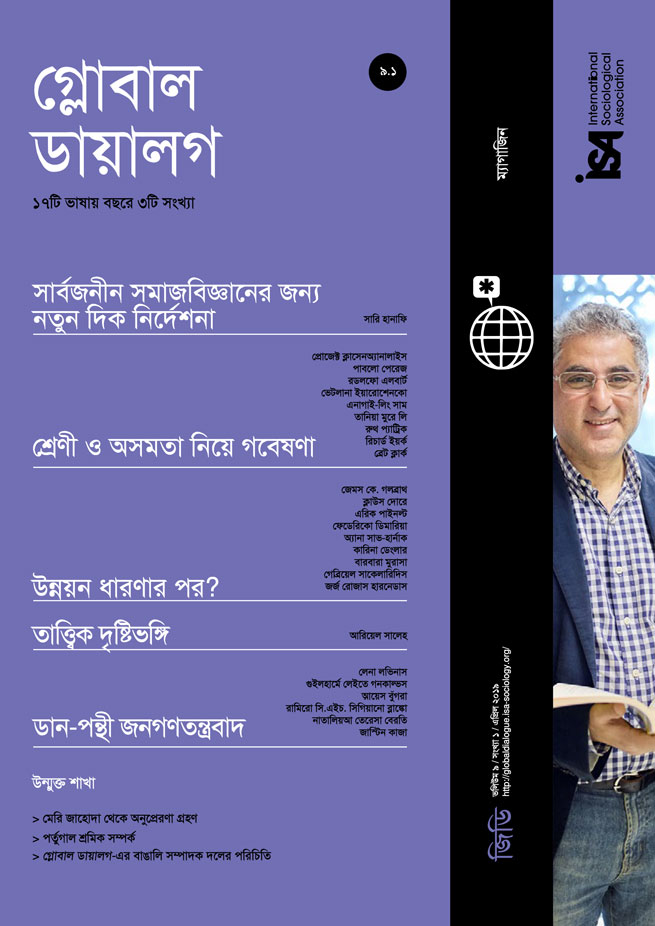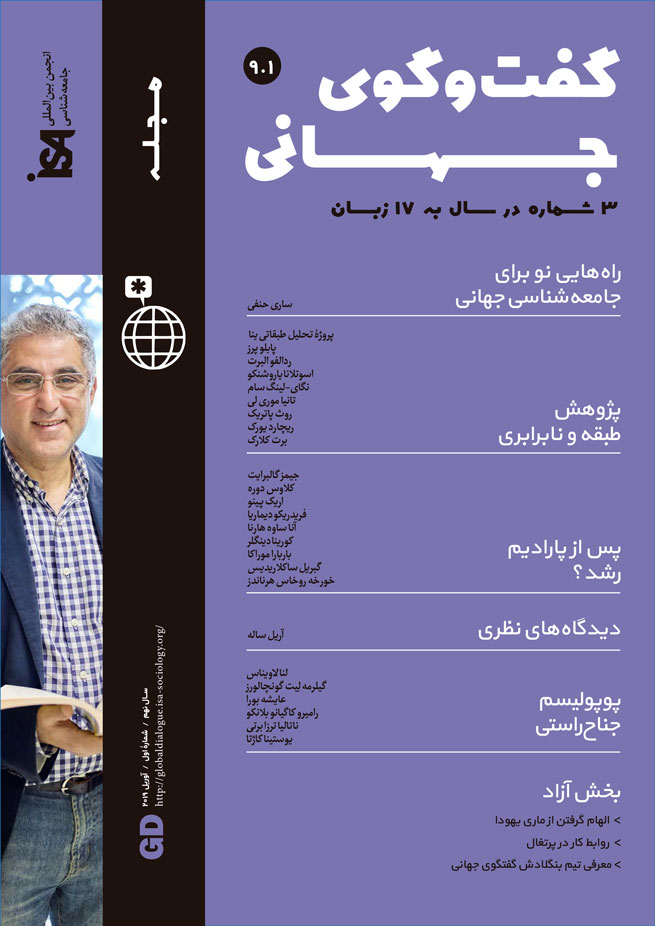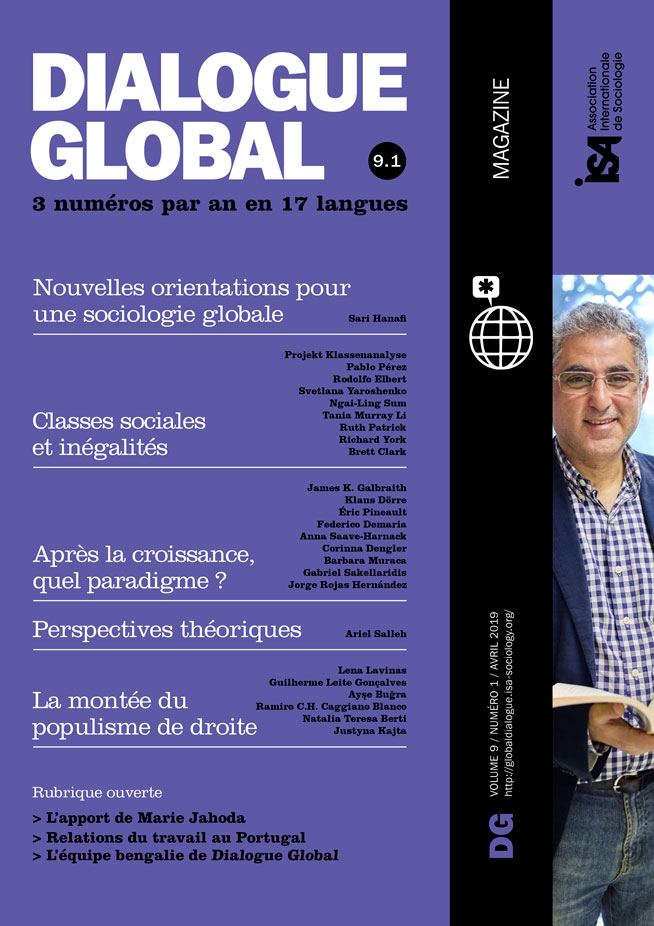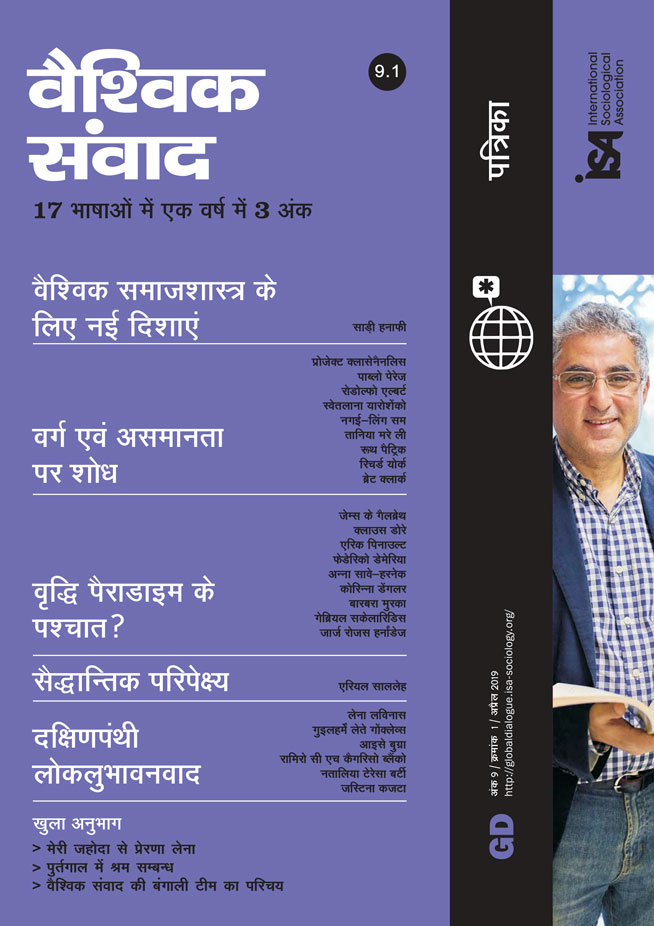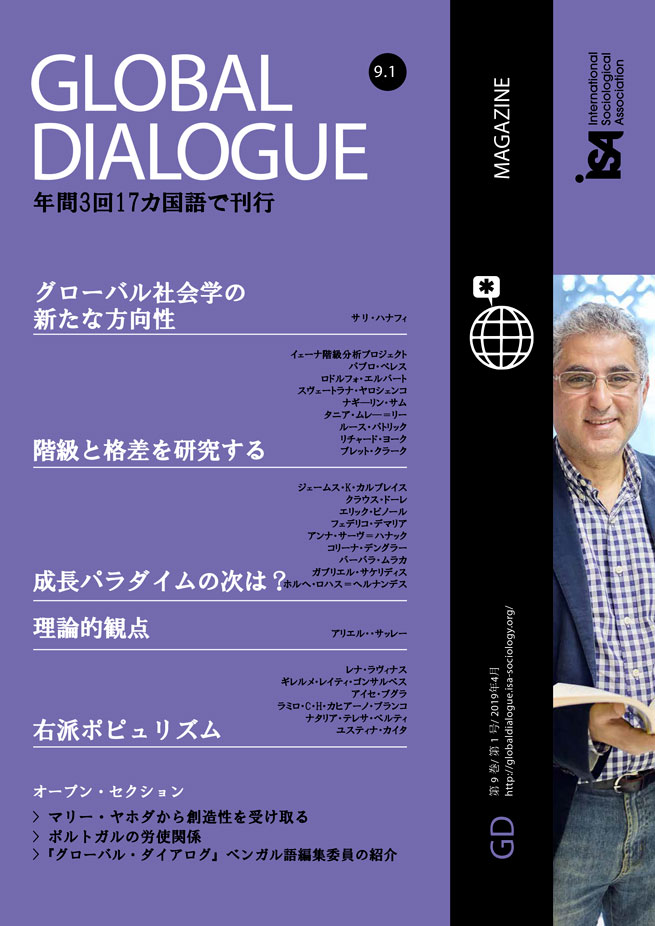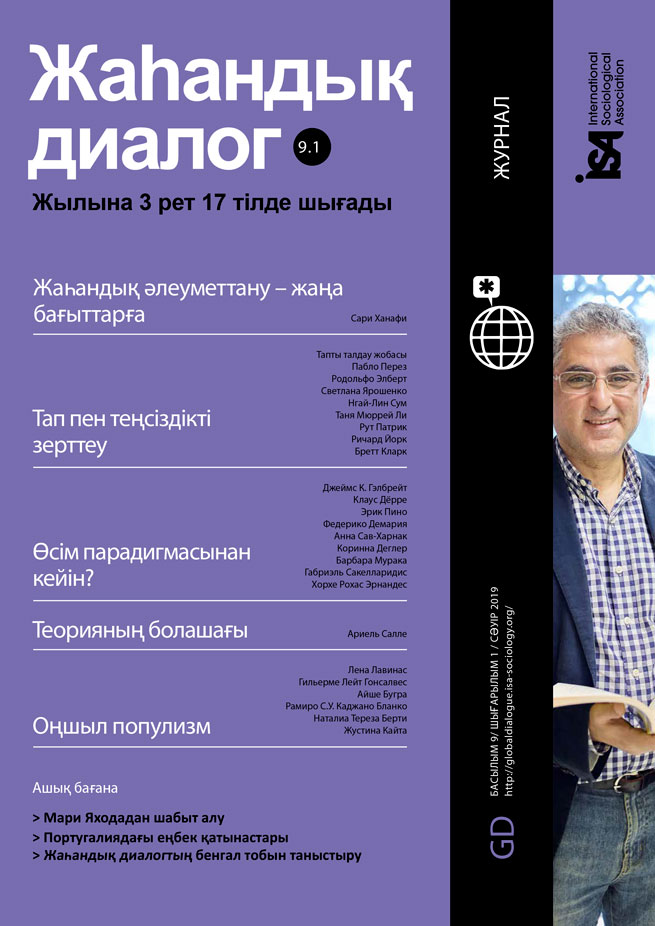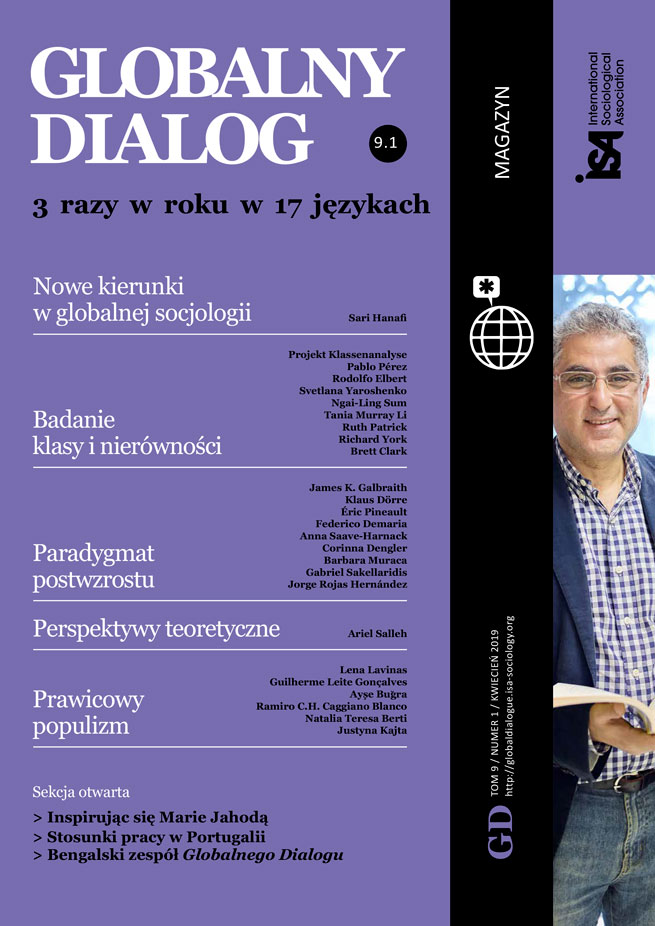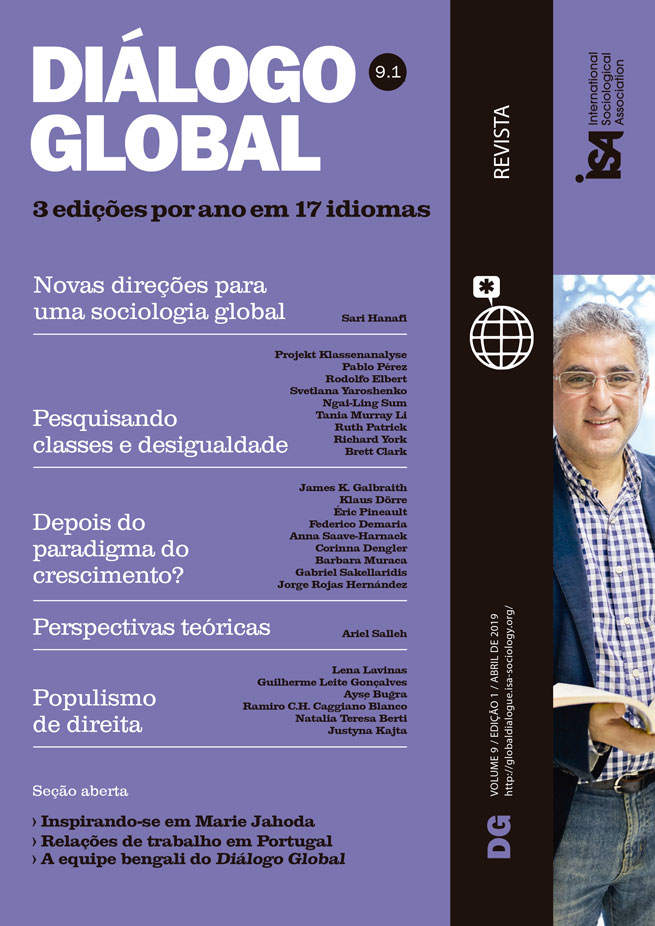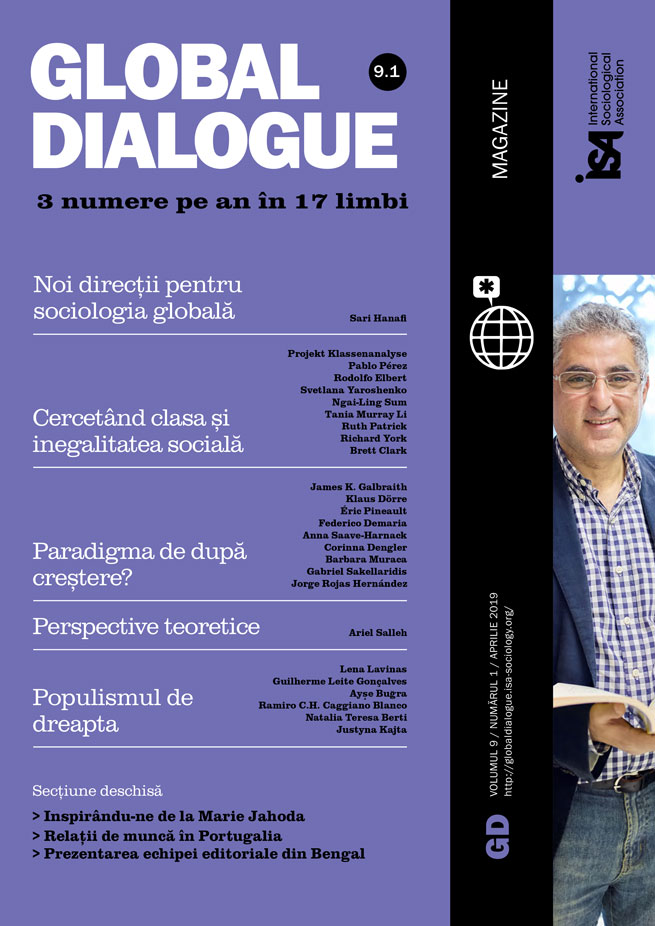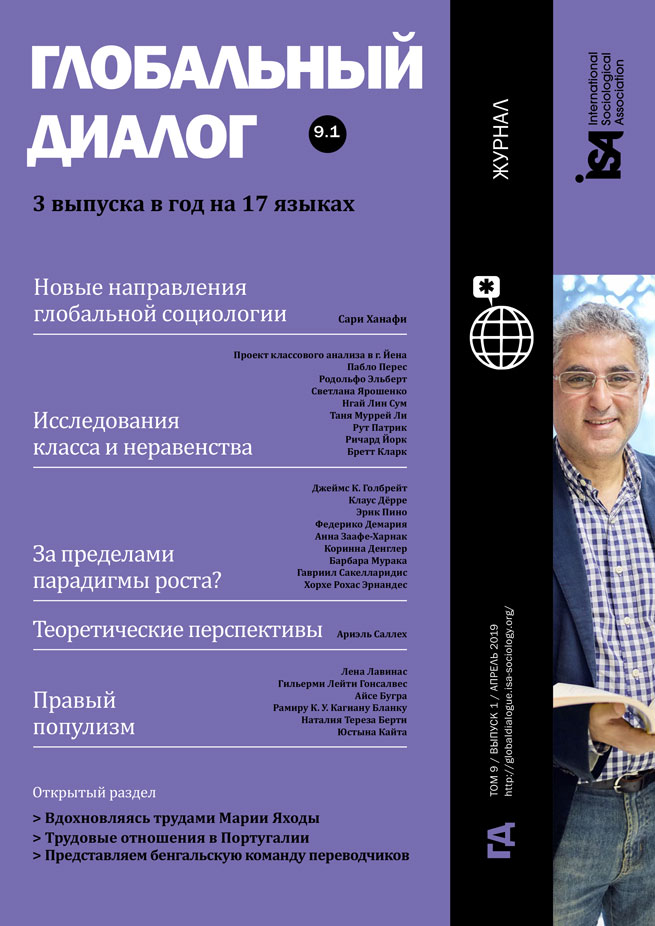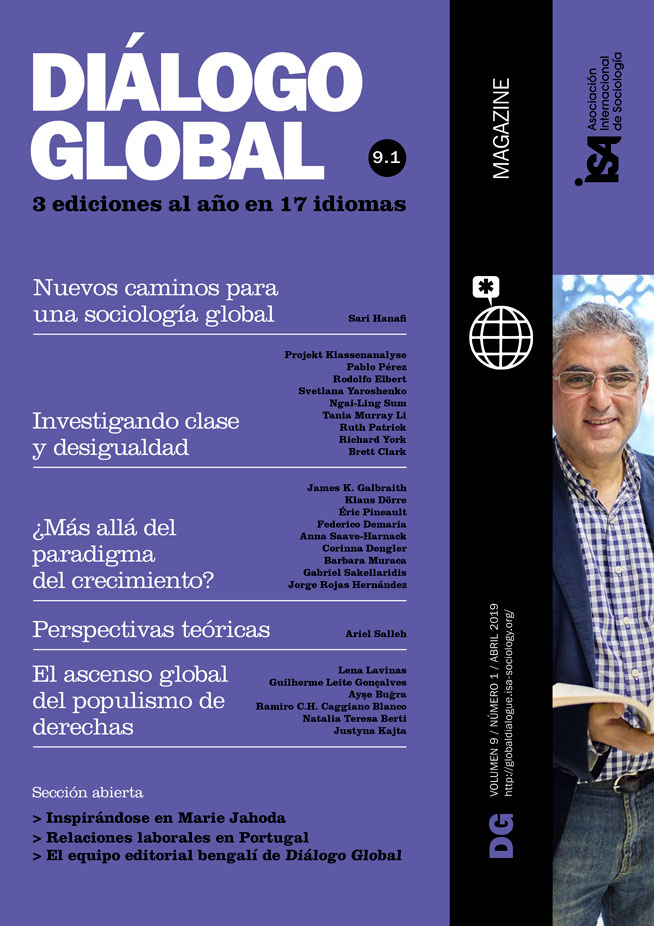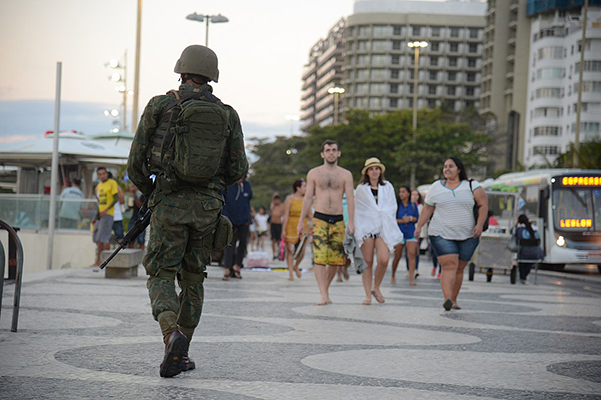In Latin America, the 1980s brought the end of the military dictatorships, which had stifled the forces of social change for decades. But while transition to democracy expanded the formal circle of citizenship, it also saw economic crises and elite pacts.
In Brazil, the slow, gradual, and safe transition heralded by the second-to-last military president, Ernesto Geisel, contained these contradictions. The Amnesty Law, a deal struck between political and economic leaders and the armed forces, left out torture victims and the families of the disappeared. In countries such as Argentina, Bolivia, Chile, Guatemala, Peru, and Uruguay, similar deals were struck down, leading to the imprisonment of torturers and, in some cases, of former heads of state. In Brazil, the Truth Commission (2011-14) tried to enshrine the memory of state violence in policy, but its recommendations have remained a dead letter.
Despite its limitations, Brazil’s re-democratization created space for greater political participation. The middle classes played a fundamental role in reorganizing civil society, fighting for anti-racist, feminist policies. They were also crucial during the Constituent Assembly of 1987, and decisive in the elections that followed the end of the dictatorship.
In 1989, the middle classes favored the Workers’ Party (PT) nominee for president, Luís Inácio Lula da Silva, while the victorious candidate, Fernando Collor de Mello, represented continuity for the elites benefited by the military regime. When corruption allegations against Collor emerged, middle-class sectors mobilized massively in 1992 in favor of impeaching Brazil’s first neoliberal president.
In the 1990s, the middle classes continued to support Lula, who lost to Fernando Henrique Cardoso in 1994 and 1998. In 1994, the majority of Lula’s votes came from those earning between two and ten minimum wages, and from the most educated voters. Cardoso’s strongest support came from both extremes of the income spectrum. In 1998, Cardoso won a majority across all income brackets, performing particularly well among the least educated. Lula, meanwhile, continued to perform strongly among the most educated.
The Cardoso era was characterized by policies of monetary stability, full-bore privatization, and fiscal austerity and it led Brazil into a recession. The profound restructuring of the economy placed the middle classes in a vise, pressured by the shrinking of traditional occupations, the sputtering of the import-substitution model (which had expanded technical and bureaucratic positions), wage losses, and the lack of good job opportunities.
Loss of social status turned into middle-class support for Lula in the 2002 elections, with their votes bringing to power the first worker to become president of Brazil. By 2006, middle-class support for Lula began to wane. That downward trend would steepen in 2010 and 2014, when the Workers’ Party’s nominee was Dilma Rousseff (who won both elections). Slowly but surely, middle-class voters were shifting to the right.
Pro-market expansion in the Lula/Dilma era
Lula ascended to the presidency in 2003 amidst an economic slowdown and shrinking growth, despite the monetary stability achieved by the “Plano Real”. The country’s much-lauded victory over inflation failed to reduce poverty and inequalities and promote upward social mobility for the middle class.
The economic recovery in Lula’s first term (2003-06) grew more robust in his second (2007-10). Initially, the boom in commodity prices favored exports and drove growth. These were years marked by a significant expansion in formal employment and a rise in average income. The minimum wage saw real gains of over 70%, far above inflation.
In parallel, poverty-fighting programs ensured a modest, but steady benefit to 14 million families. Access to new lines of credit also made possible an extraordinary process of financial inclusion. The success of the world-famous “Bolsa Família” program stemmed precisely from the steep uptick in the degree of monetization of the most vulnerable sectors of society, which were ushered in to the mass consumer market.
At the same time, processes of privatization were taking place. The privatization of healthcare, alongside the underfinancing of public healthcare, saw an astonishing rise in demand for private plans. In higher education, students increasingly shifted from public to private institutions: by 2015, 75% of students were in private institutions. Student loan debt figures are eloquent: 51% have defaulted (on a sum of around USD 5 billion), and of that group, over half have no means of resuming payments.
The overvaluation of the real incentivized imports of manufactured goods at record levels, and ultimately sapped the return to industrial activity. One of the legacies of the Workers’ Party was the renewed centrality of the primary sector, spurred not only by higher global demand for raw materials, but also by the governing coalition’s close alliance with agribusiness.
Economic growth began to wither in the first year of the Dilma administration (2011). The streets began to echo the dissatisfaction of the “new middle classes” – a term coined to suggest the end of hurdles to social mobility, allowing low-income sectors to consume like the middle classes. Then came June 2013, a spontaneous mass movement demanding better public transportation, healthcare, education, and housing.
To better understand this process, one must remember that while incomes had risen, and the prices of manufactured goods had dropped from 2006 to 2013, expenses on education, healthcare, day care, and elder care far outstripped average inflation and salaries. While easily available but expensive credit satisfied dreams of consumption, more and more fell prey to nightmarish debt, which swallowed up much of their disposable household income. Today some 63 million adults in Brazil are in default to the financial sector.
The middle class and the far right
Sunk in debt, the middle classes have been disillusioned by the contradictions of successive stages of the pro-market expansion following re-democratization. Added to the depoliticization that characterized the boom days, this has placed them in a contradictory, volatile position vis-à-vis political platforms and made them ready to be kidnapped for the discourse of the far right.
The first element of this discourse is the call for a return to military dictatorship, praised as a better time in Brazilian history. This is encouraged by a policy of silence around the state violence of this period, thanks to the elite pact struck during re-democratization.
Further, the far right has recast social tensions in nationalist, chauvinist, and ethno-racially discriminatory terms. It captures the insecurity of the middle class, brandishing enemies that it holds responsible for the state of society: the left, women, homosexuals, Blacks, Indigenous peoples, and all those who have risen to a previously inaccessible sociopolitical status. Through oppression of the “other,” it seeks to maintain the privileged position of those who have been socially downgraded by the market. Crucially, the far right also feeds off the middle class’s disillusionment with the Lula and Dilma administrations: “antipetismo” (anti-PTism) is the distillation of political and economic frustration into personal loathing and violence.
The hate speech of the right draws on the naturalization of violence against the poor and the working class as state policy, which translates into brutal numbers: since February 2018, when the army was called to intervene in Rio de Janeiro, the police or the military have killed one person every six hours. The targets are young Black men living in favelas. The appeal to fight violence with violence, despite the glaring ineffectiveness of such strategies, has become standard for middle sectors that see urban insecurity as a lack of state authority, to be remedied at any cost to society.
In the recent election, the victorious candidate of the far right, former army captain Jair Bolsonaro, held sway among high-income and middle-class voters with high school or college degrees, while Fernando Haddad, the Workers’ Party candidate, found support among the poorest and most uneducated, revealing just how far the positions on the political chessboard have been inverted. But now we can observe two new elements within Brazil’s political play which are closely akin. The first is related to Bolsonaro’s high performance obtained in all social segments. The second comprehends the increase of the indifference and disdain towards democratic rules among the very classes that were vital to Brazil’s re-democratization.
Lena Lavinas, Federal University of Rio de Janeiro, Brazil <lenalavinas@gmail.com>
Guilherme Leite Gonçalves, Rio de Janeiro State University, Brazil <guilherme.leite@uerj.br>
